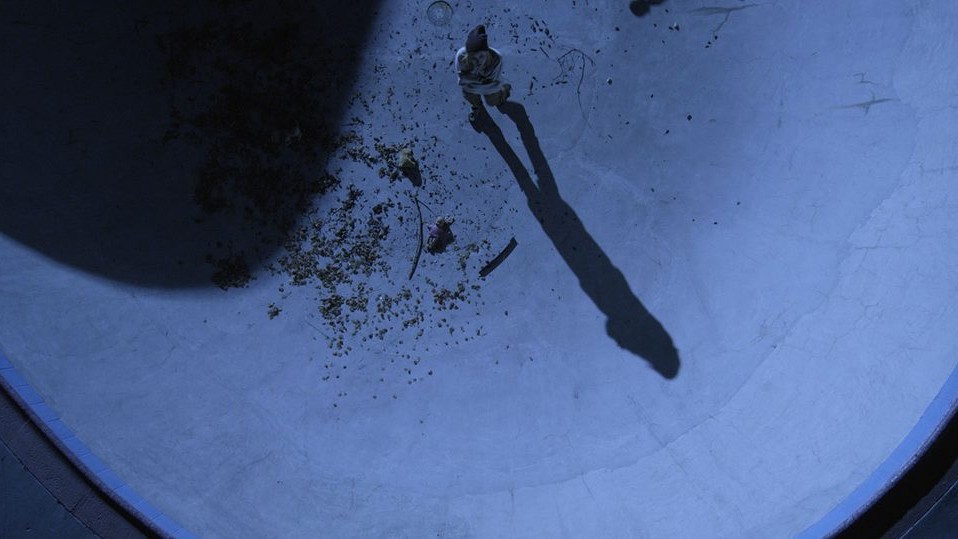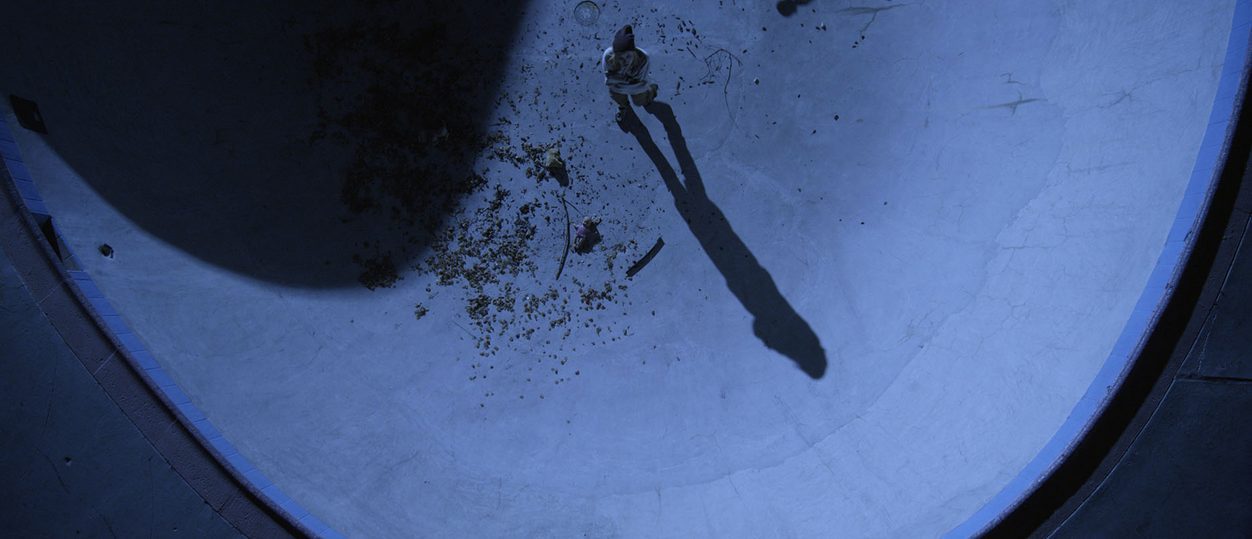Girl on the Edge is based on a true story about a teenage girl’s encounter with a traumatic event, and learning to accept herself for who she is while struggling to escape her demons. Hannah Green (Taylor Spreitler) is 15-years-old and already counts alcohol, marijuana, and social media as addictions. After a wild night out finds her in bed with 18-year-old Tommy (Shane Miller), Hannah is shocked to learn that what she believed was a shared act of love was a one-sided manipulation for sex and is further devastated when nude pictures of her are posted online. Hannah quickly sinks into a depression, one her dad (Gil Bellows) and stepmother (Amy Price-Francis) think can be cured at a holistic rehabilitation center called “Maheo” that treats troubled teens. Director Jay Silverman’s drama has all of the makings of a dark story, but with the overuse of melodramatic vignettes and formulaic script, Girl on the Edge may only resonate with younger generations.
Once at the treatment center, Hannah takes on the role of the rebel. She breaks the rules, has an attitude, and avoids compassion from her counselors Hank (Peter Coyote), Esther (Elizabeth Peña), and Ariel (Amy Davidson). The one thing that catches her attention, albeit not immediately, is a horse named Besty. Esther explains that horses are like mirrors, they feed off of behavior and personality, and the progress she makes during treatment at Maheo will be reflected in her relationship with the horse. There are many a montage that show Hannah learning to deal with the responsibility of taking care of a horse, and as expected, she eventually concludes her time at treatment with a newly-adjusted attitude towards herself and the ones she loves.
The edgy, mysterious and dark thread that weaves throughout Blue Valentine has been replaced with a short, shiny beige thread here.
The problem with this story is the pacing, as Hannah’s troubles evolve extremely quickly– within 20 minutes of the film we are already on the way to rehab. Hannah’s life spirals so quickly, we are pulled along without stopping to develop or understand who Hannah really is. It’s a very rushed first act that, if allowed more time to organically evolve, would have been more effective to an audience who is supposed to sympathize with her situation.
The story is extremely formulaic and its outcome is predictable within the first few minutes of watching, so no surprises here. What is surprising, however, is that Girl on the Edge has the same screenwriter as Blue Valentine. Joey Curtis threw me for a loop with this film since it is so different from his work on Valentine that upon realizing the connection, I would have never thought these two films were related in any way. The edgy, mysterious and dark thread that weaves throughout Blue Valentine has been replaced with a short, shiny beige thread here. I say shiny because this is a story of hope, and overall the cast succeeds in opening up a dialogue after the film about the importance of self-worth and mental health. Taylor Spreitler definitely has a naturalness about her that makes her presence onscreen very appealing. The late Elizabeth Peña as Esther gives a warm but firm performance.
Overall, the film is missing a certain fluidity. A rushed first act combined with an over-abundance of folksy-backed, angst-filled montages throw the balance of the film off. The structure seems geared toward a younger generation with a shorter attention span. However, being based on a true story, it was a nice addition at the end of the film to show the real Hannah running alongside her horse. While she didn’t say anything, her movements and the way she carried herself was that of a strong, confident and happy girl. I’m sure all of us can relate in one way or another to Hannah and her struggles with self-acceptance, and hopefully films like Girl on the Edge will make it easier for those who need help to reach out and seek it.
Girl on the Edge screened April 27.
Morgan Rojas
Certified fresh. For disclosure purposes, Morgan currently runs PR at PRETTYBIRD and Ventureland.


